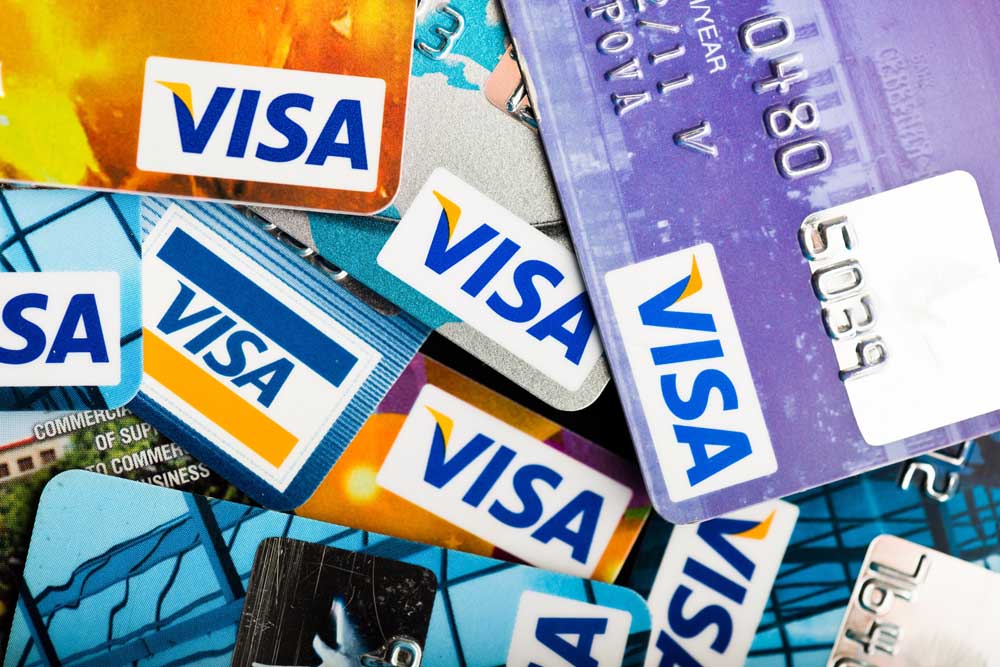Not for web
Published 9:00 pm Thursday, September 26, 2024

- American household credit card debt totaled $1.14 trillion in August.
Credit card debt is a big part of life for American households — and these days, a bigger part than ever before. It totaled $1.14 trillion in August, a record, according to the New York Fed. The average borrower’s credit card balance has risen from $4,828 to $6,329 since 2021, according to data from TransUnion. Even adjusted for inflation, that’s an increase of over 10%. And the interest rate on that debt makes servicing it an unusually painful obligation: It has risen by roughly 7% points since August 2021, from an average of 14.5% to 21.5%.
That’s a big dent in household budgets that are already hurting from inflation. And so it was probably only a matter of time before a presidential candidate tried to turn this into a campaign issue: At a Sept. 18 rally in New York, former president Donald Trump told the crowd, “While working Americans catch up, we’re going to put a temporary cap on credit card interest rates.” He promised that interest rates would be held down to roughly 10%.
In theory, this would save the average cardholder some money every month. In practice, however, it would be disastrous. The impact of a plan like Mr. Trump’s would be to worsen the plight of debt-strapped consumers. Indeed, the probable counterproductive effects are one reason similar proposals got little or no traction in Congress when populist lawmakers ranging from Sen. Bernie Sanders and Rep. Alexandria Ocasio-Cortez on the left to Sen. Josh Hawley on the right floated them. And since it’s generally the states that regulate financial matters such as credit card interest rates, imposing the kind of interest-rate cap Mr. Trump says he wants would require a new federal law.
Speaking of laws, in economics there’s a nearly universal one: Supply curves slope downward, which means that, when prices are high, suppliers rush into the market, but as they fall, many suppliers withdraw or concentrate on their most profitable product lines. There are exceptions to this rule, but they are few and far between. And consumer finance is not one of them. When you restrict the price of credit, which is all the interest rate is, the supply of credit falls. And supply shrinks especially sharply for the riskiest borrowers. Strict caps on interest rates might benefit cardholders with low balances and excellent credit scores (though banks might try to restore their profit margins by charging them higher annual fees or withdrawing other perks). But borrowers with the spottiest credit histories, who pose a higher risk of default, would be the first to find their credit limits lowered — or their cards canceled altogether.
In short, this supposed help for the little guy would disproportionately harm consumers of relatively modest means. The only thing worse than expensive credit is no credit at all. And that is what they would wind up with. When struggling families can’t tap credit cards for emergency expenses such as car repairs or utility bills, they can be forced to use alternative sources of credit, such as pawnshops, that offer money on even less attractive terms than credit card companies.








